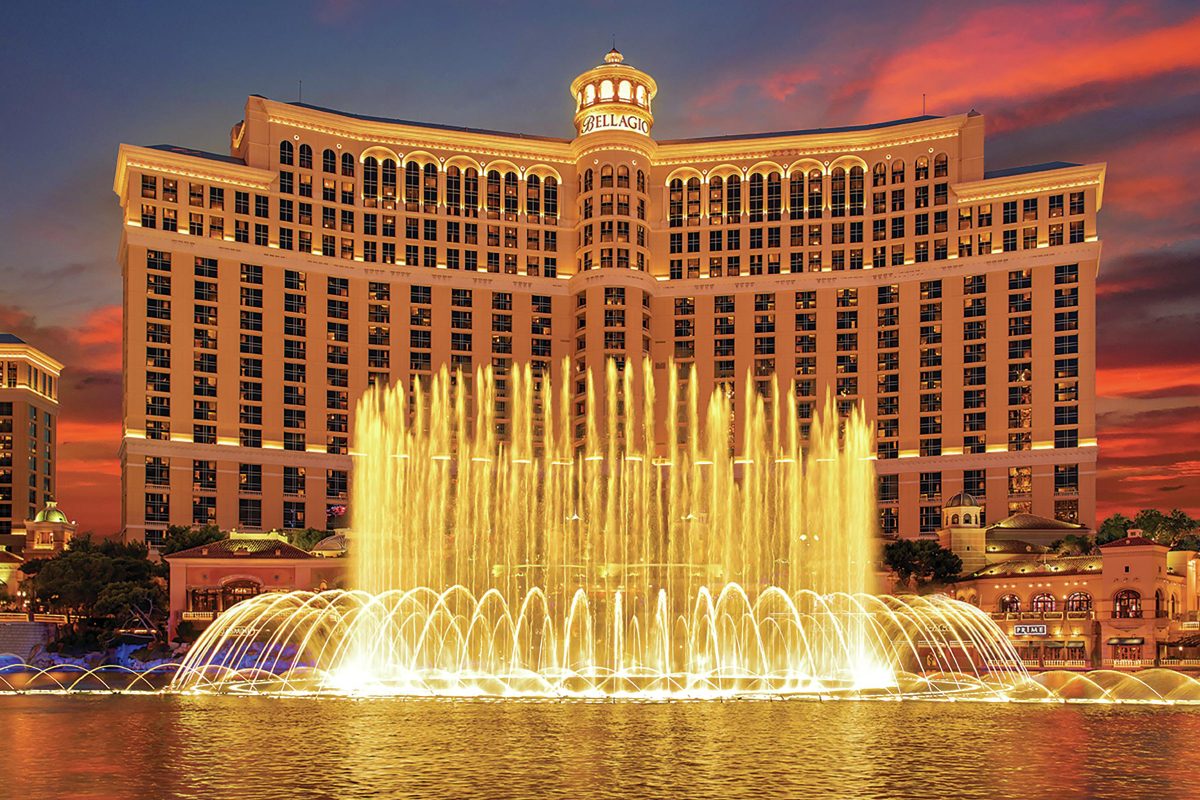Hotel Giants Turn to Loyalty Licensing Deals: 10 Things to Know

Skift Take
Marriott and Sonder are teaming up in a 20-year licensing deal that lets members of Marriott's loyalty program earn points at Sonder's roughly 200 properties—about half of which are apartments. The deal is the latest in a string of similar licensing tie-ups led by Marriott, Hilton, IHG, and Hyatt.
In the past year, loyalty licensing tie-ups have included Marriott with MGM Resorts, Hilton with Small Luxury Hotels of the World, IHG with Iberostar, and Hyatt with Rio Hotel & Casino in Las Vegas.
"Each partnership will be crafted to support different objectives, whether it's member acquisition, member retention, trying to capture more share of wallet, or get a higher number of members spending within your network," said Chris Holdren, a former hospitality executive.
Here are 10 things to know about the trend.
1. Loyalty Licensing Isn't NewIHG was one of the early pioneers of a loyalty licensing partnership.
In 2010, IHG signed a license agreement with Las Vegas Sands to affiliate The Venetian and The Palazzo at the Venetian with its loyalty program. Today, the properties are branded "IHG Alliance Resorts" on IHG's site and app.
That same year, Marriott added The Cosmopolitan to its Autograph Collection of hotels, making it available for booking and rewards participation through its system.
In 2013, Starwood teamed up with Ceasars Entertainment to let customers earn points for stays across their networks. The deal ended soon after Marriott's offer to buy Starwood closed in 2016. In 2017, Wyndham became Caesars' new loyalty partner.
2. Some Markets Are Hard to EnterIn 2023, Marriott did a loyalty tie-up with MGM Resorts.
A common driver of these deals is that the major hotel groups have been mostly locked out of the Las Vegas market by a few local players, but their customers like to visit Las Vegas. Loyalty partnerships allow hotel groups to give guests access and allow gaming resorts to enjoy the hotel groups' cost advantages in marketing and distribution.
In March, Hyatt began allowing members of its loyalty program to earn and redeem points at the Rio Hotel & Casino in Vegas.
Geographic coverage can also d

